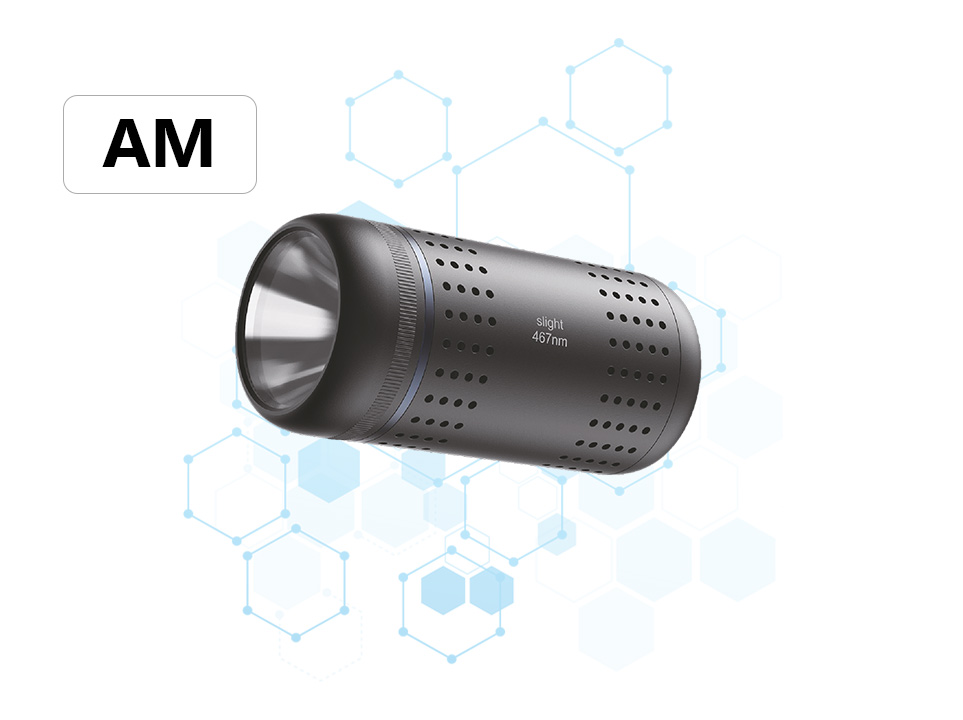Selection of Reactor Types for Continuous Flow Microchannel Photoreactors
Abstract:
Continuous flow microchannel photoreactors have gained significant attention in recent years due to their ability to enhance photochemical reactions through improved light penetration, efficient mass transfer, and precise control over reaction parameters. The selection of an appropriate reactor type is crucial for optimizing the performance of these systems. This paper reviews the various types of microchannel photoreactors, including tubular, plate, and annular designs, and discusses the factors influencing their selection, such as light distribution, flow dynamics, and scalability. Case studies and experimental data are presented to illustrate the impact of reactor geometry on reaction efficiency and product yield. The paper concludes with recommendations for reactor type selection based on specific application requirements.
Keywords: Continuous flow, Microchannel photoreactor, Reactor type selection, Photochemistry, Scalability
1. Introduction
Continuous flow microchannel photoreactors represent a significant advancement in photochemical synthesis, offering advantages over traditional batch reactors in terms of reaction control, safety, and scalability. The design of these reactors, particularly the choice of reactor type, plays a pivotal role in determining their effectiveness. This paper aims to provide a comprehensive overview of the different types of microchannel photoreactors and the criteria for their selection.
2. Types of Microchannel Photoreactors
2.1 Tubular Reactors
Tubular reactors are characterized by their cylindrical geometry, which allows for uniform light distribution along the length of the tube. They are suitable for reactions requiring long path lengths and are often used in large-scale applications.
2.2 Plate Reactors
Plate reactors consist of flat, parallel channels that provide a large surface area for light exposure. They are ideal for reactions that benefit from high surface-to-volume ratios and are commonly used in laboratory-scale research.
2.3 Annular Reactors
Annular reactors feature a concentric design with an inner and outer channel, allowing for efficient heat transfer and light penetration. They are particularly useful for reactions that require precise temperature control.
3. Factors Influencing Reactor Type Selection
3.1 Light Distribution
The uniformity and intensity of light within the reactor are critical for the efficiency of photochemical reactions. Reactor geometry must be chosen to maximize light exposure while minimizing shadowing effects.
3.2 Flow Dynamics
The flow characteristics within the reactor, such as laminar or turbulent flow, affect mass transfer and mixing. The reactor type should be selected to optimize these parameters for the specific reaction.
3.3 Scalability
The ability to scale up the reactor from laboratory to industrial scale is an important consideration. Reactor types that maintain performance at larger scales are preferred for commercial applications.
4. Case Studies and Experimental Data
This section presents case studies comparing the performance of different reactor types in various photochemical reactions. Experimental data on reaction efficiency, product yield, and energy consumption are analyzed to demonstrate the impact of reactor geometry.
5. Recommendations for Reactor Type Selection
Based on the analysis of reactor types and their performance, this section provides guidelines for selecting the appropriate reactor type for specific photochemical applications. Factors such as reaction kinetics, light source characteristics, and process requirements are considered.
6. Conclusion
The selection of a continuous flow microchannel photoreactor type is a complex decision that depends on multiple factors, including light distribution, flow dynamics, and scalability.





